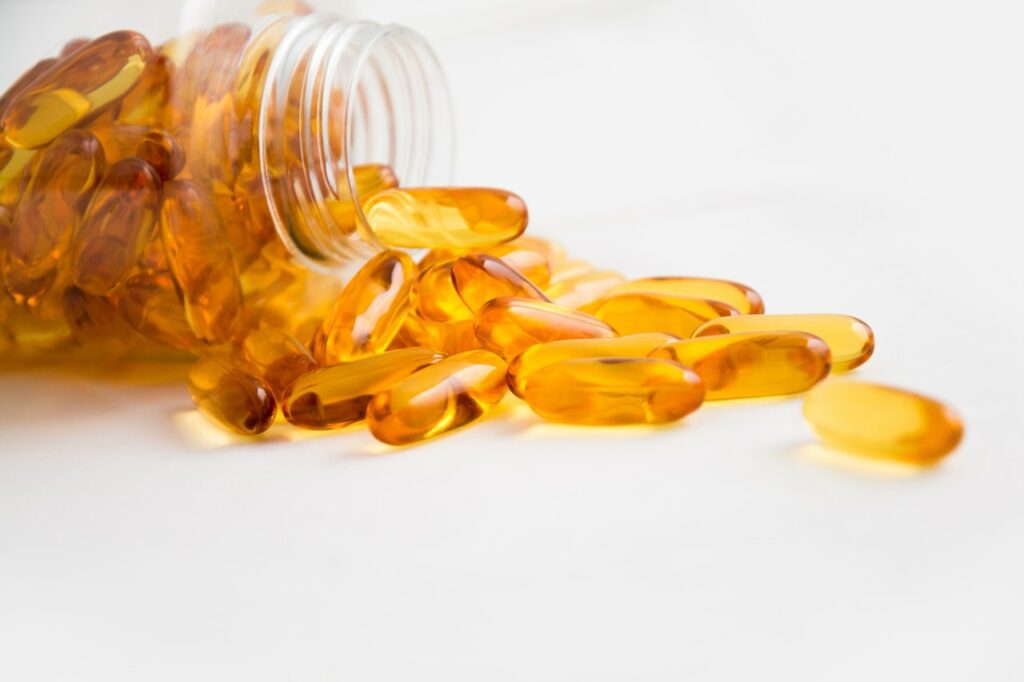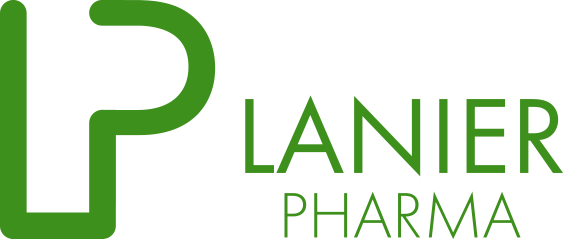Generally, when we talk about cholesterol, we do it in negative terms. Indeed, bad or LDL cholesterol, when present in excess, can cause serious health problems. But did you know that there is a bad and a good cholesterol? Let’s take a look at them!
Good cholesterol, bad cholesterol and triglycerides
Good and bad cholesterol as well as triglycerides are fats that circulate in our blood. Cholesterol has several functions within the organism, such as the formation of cell membranes, the synthesis of hormones and the metabolization of vitamins. Triglycerides, on the other hand, store unused calories and provide the body with energy.
Both bad cholesterol -LDL cholesterol- and triglycerides can be harmful to the health when found in high levels in the blood, as they can increase the risk of heart disease, stroke or pancreatitis.
There are two main types of cholesterol: LDL and HDL:
- LDL is known as bad cholesterol because it transports the cholesterol from the liver to the body’s tissues and organs. If there is more LDL than is needed, the excess gets into the arteries and forms the plaques of atherosclerosis.
- HDL is known as good cholesterol because it does the opposite: it collects excess cholesterol in the blood and carries it to the liver for its elimination. In this way, HDL helps prevent plaque formation and protect cardiovascular health.

How can HDL cholesterol levels be increased?
Normal levels of HDL or good cholesterol differ according to age and gender. In general, a healthy HDL level is considered to be greater than 45 mg/dL for people under 19, greater than 40 mg/dL for adult men and greater than 50 mg/dL for adult women. A low HDL level increases the risk of cardiovascular disease, while a high level may have a protective effect.
If you have a low HDL level or want to keep it high for your cardiovascular health, there are some steps you can take to improve your lipid profile. Here are some recommendations to reduce bad cholesterol and increase the good one:
- Eat a balanced and varied diet: avoid saturated and trans fats, which are found in foods such as red meat, sausages, fatty cheeses, butter or processed products. These fats raise LDL levels and lower HDL levels. Instead, eat more unsaturated or good fats, which you can find in blue fishes (salmon or tuna), nuts, olive oil or avocado.
- Exercise regularly: getting at least 30 mintues a day of moderate physical activity can improve your blood circulation, blood pressure, body weight and HDL cholesterol levels. Exercise also helps reduce stress.
- Stop smoking: tobacco has harmful effects on your health in general, and on your cardiovascular system in particular. Smoking lowers HDL cholesterol and increases LDL, as well as damaging your arteries, heart and lungs.
- Limit alcohol consumption: alcohol has empty calories that can contribute to overweight and elevated triglycerides, another type of fat that can affect your cardiovascular health. It can also interfere with some medications used to treat high cholesterol.
- Taking supplements or madications that increase the good (HDL) or reduce the bad (LDL), always under the supervision of an accredited professional.
Laniercol
Lanier Pharma presents Laniercol, a supplement based on monocholine K, the safest and most effective nutraceutical for hypercholesterolemia.
Monocholine K in synergy with berberine, DHA, black garlic, coenzyme Q10 and vitamin B1, make this supplement a great help in reducing levels of bad cholesterol.



